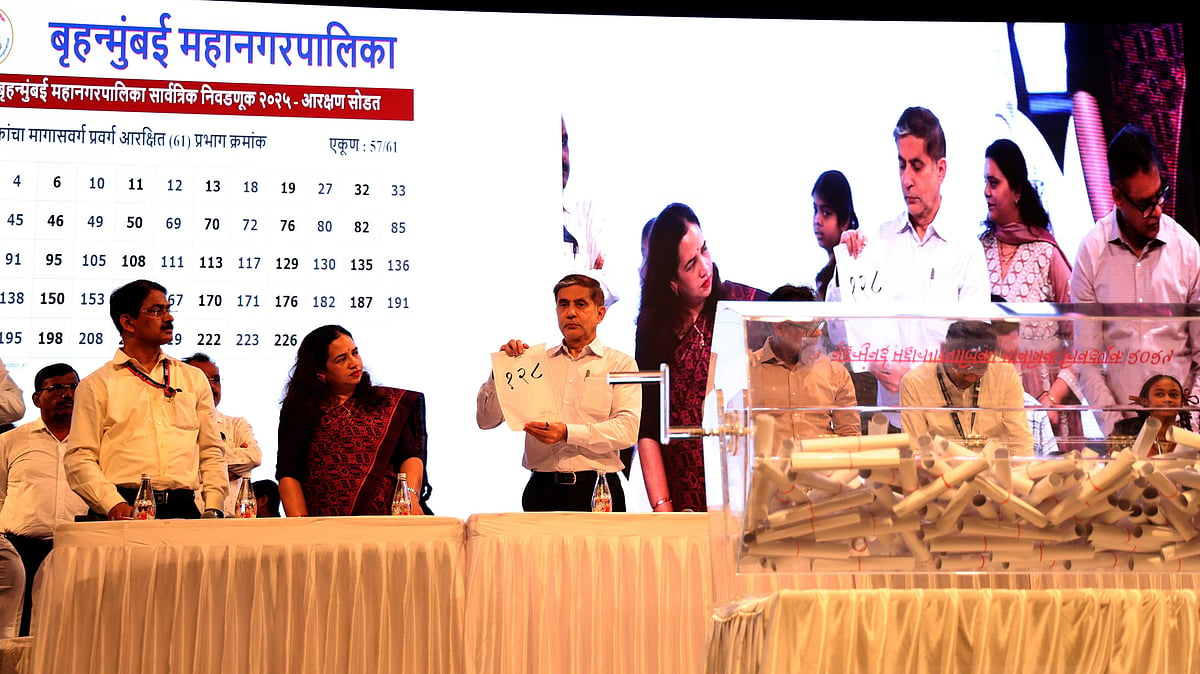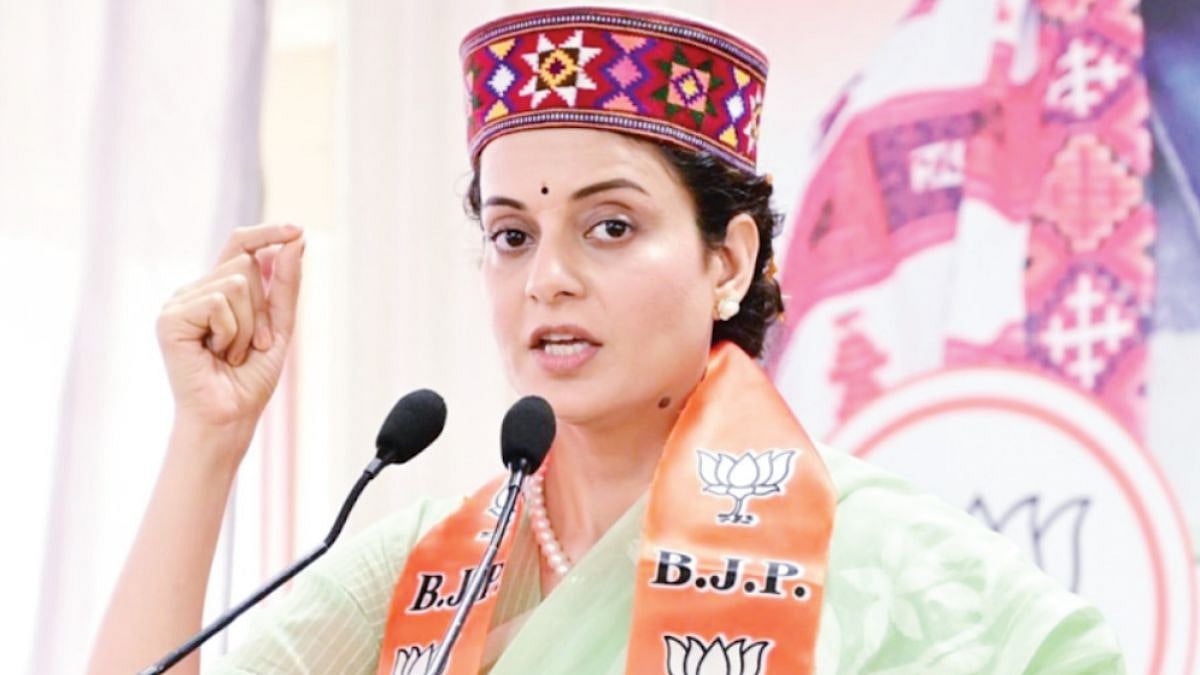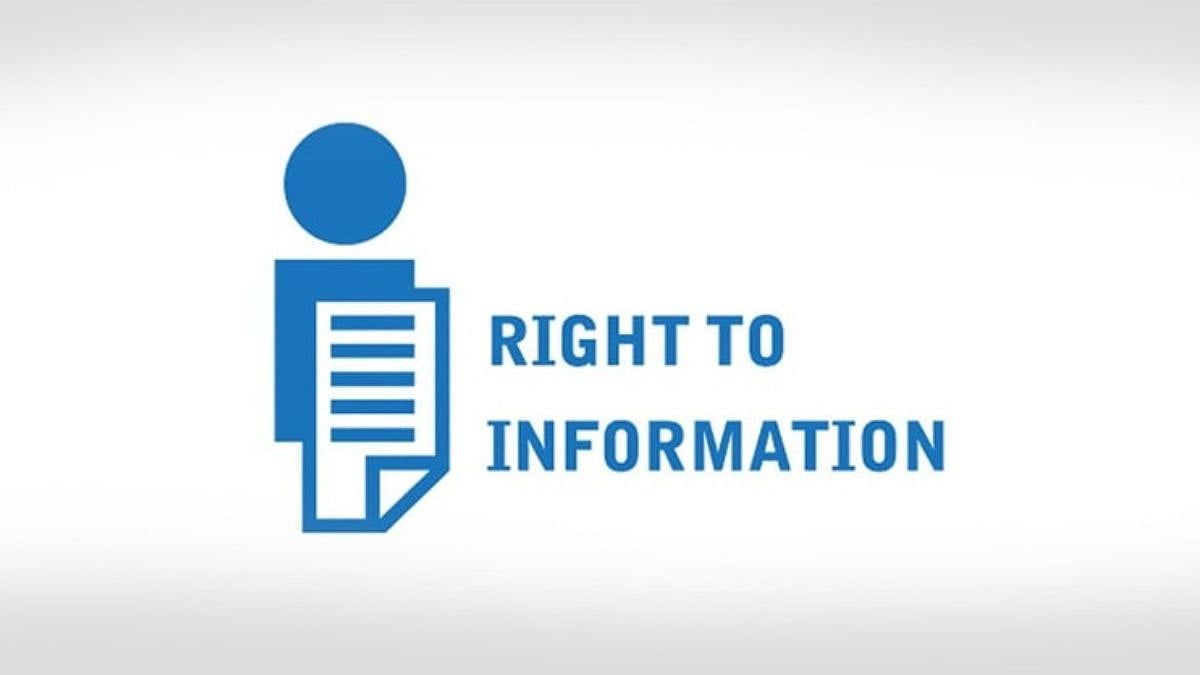Indian economy is in an undeniable slowdown mode, which is specific and not associated with either high inflation or falling Sensex or serious currency depreciation as is usually the case. GDP growth has been going down for last six quarters. Rural growth is slowing faster than urban unlike in the past when historically rural grew 3-5% points faster than urban India. However, behind the apparent dismal vibes, the economy has started becoming more competitive, green and quality oriented. India Inc. has begun the path of becoming more cost conscious. India’s potential growth is getting brighter, not affected by the slowdown.
The triple challenge before the government is to present a budget that will enable regaining investor, business and consumer confidence. With government’s weak finances when practically all critical sectors are in need for finance, the test of the budget will be how it maintains the balance between the two realities. Persistent dismal scenario as evident in sharp demand and investment slowdown has given rise to the question whether the budget will offer a short term palliative or a long-term sustainable cure.
A number of positives – On the policy front, recent opening up of the coal sector for commercial mining by all local and global firms has been an excellent beginning. Indian economy’s slump appears to be shaking off with services and manufacturing sectors expanding for a second straight month in December. Financial and industrial cleaning up process has almost come to an end. Despite current Indian economic scenario being a mixed and complex one with flow of more negative news, the rising potential of Indian growth continues to attract foreign investment. India is among the top 10 recipients of FDI in 2019, attracting $49 bn in inflows, 16% increase from previous year. Same or even better is likely to be the case in 2020. Japan, known for Sony and Hitachi, is seeking to attract India’s engineers. Hirers are not just the ones Indians are familiar with (Sony, Panasonic, Toyoto or Hitachi) but a variety of big and small. All this is because foreign investors carry faith in India’s long term bright potential.
Some initiatives at improving public governance are being taken like compensation to customers (both passengers and freight) for late arrival of trains amongst others. Even corporate governance norms, CSR and green initiatives have started making an impact. In short, at the disaggregated level quality growth is discernible, a trend which needs to get accelerated.
Worrying issues are also many. A year ago, IMF expected India to grow at 7.5% in 2019; now the forecast has been cut to 4.8%. Main concern is how to convert the unusual prolonged economic slowdown into a sustainable virtuous economic upturn. Unemployment has been persistently rising. Real challenge is still more grave. While overall unemployment rate is 7.5%, graduates between 20 and 29 years are facing an exorbitant unemployment rate of 42.8%. Despite a number of efforts, private investment is not getting buoyed up. Other worries include skill development not keeping pace with requirements, bureaucratic hurdles and policy flip-flops.
Instead of business as usual budget, a pro-business, pro-reform, pragmatic but visionary budget are required. Clearly, complacency isn’t warranted and business as usual won’t work. Time for incremental reforms is over. India is in dire need of a bold new convincing economic vision. $5trn economy visions needs supplemented by a transparent action plan. FM has already responded to the ongoing economic slump with few measures, most significantly giving an opportunity to companies to voluntarily shift to a cleaner tax architecture of lower rates with no exemptions. However, many more such structural reforms are needed to be accompanied by practices and measures which are aligned with proven best global practices. Expectations are also for similar reforms in personal taxation. Government has a detailed blueprint ready on comprehensive direct tax reforms, which requires implementation through a cogent and convincing package. Reforms should also encompass tax administration, which suffers unpleasant reputation for being either too strict or controlling.
While indirect taxes are being looked after by the GST Council, import tariffs need radical restructuring. India has altered its policy of unilateral tariff reductions to one that favours protectionism over last about three years. ‘Make in India’ (not successful as envisaged) has assumed a new version of the discredited import substitution model. India’s major exports depend on some imported items, a pattern that hold across all goods and services. We should not forget that protectionism undermines export competitiveness and needs to be reversed. Instead, as there are signs of a more benign environment for global trade emerging, key stakeholders require enabling measures to seize the opportunities.
Banks and other lending institutions being the backbone of the economy, making available higher affordable credit growth becomes crucial as this would enhance higher demand and investment in the economy. Focus should also be on developing a vibrant corporate bond market to boost resource allocation for long-term projects. Inflation target approach needs a revisit.
Budget should also meet requirements of agri growth and exports. India needs an urgent systematic shift towards sustainable food systems. This implies upgrading resource productivity, increasing economic viability of alternative practices and enhanced social inclusion of small and marginal farmers.
Summing up, investors are expecting from the Budget a coherent actionable economic game plan for next five years. Consolidation and import substitution themes are likely to continue even in 2020. Care has to be taken not to go protectionist. India has declined to be part of RCEP but in the long run, India cannot afford to remain out of FTA initiatives. As the emerging economies are keen to find place in the evolving world order, India should put her house in order and move on with establishing firm footings in select global supply chains. There should be absolute clarity and transparency in policy making and execution, in levies on industries (at present lot of confusion prevails regarding levies on telecom industry), in data collection and calculation of fiscal deficit and introducing well-studied expenditure reforms with a view to reestablish credibility of the government. Budget 2020 should provide a concise and integrated view of objectives and priorities, along with implications for policy formulation, strategic implementation and last mile effective execution. Budget should provide deliverables and avoid fudging fiscal arithmetic. It would indeed be a daunting task for the FM. Perhaps an indicative, but well-intentioned budget in view of growing uncertainties can provide the right answer.
The writer is an economist, and a former director of Economic Research & Training Foundation.










